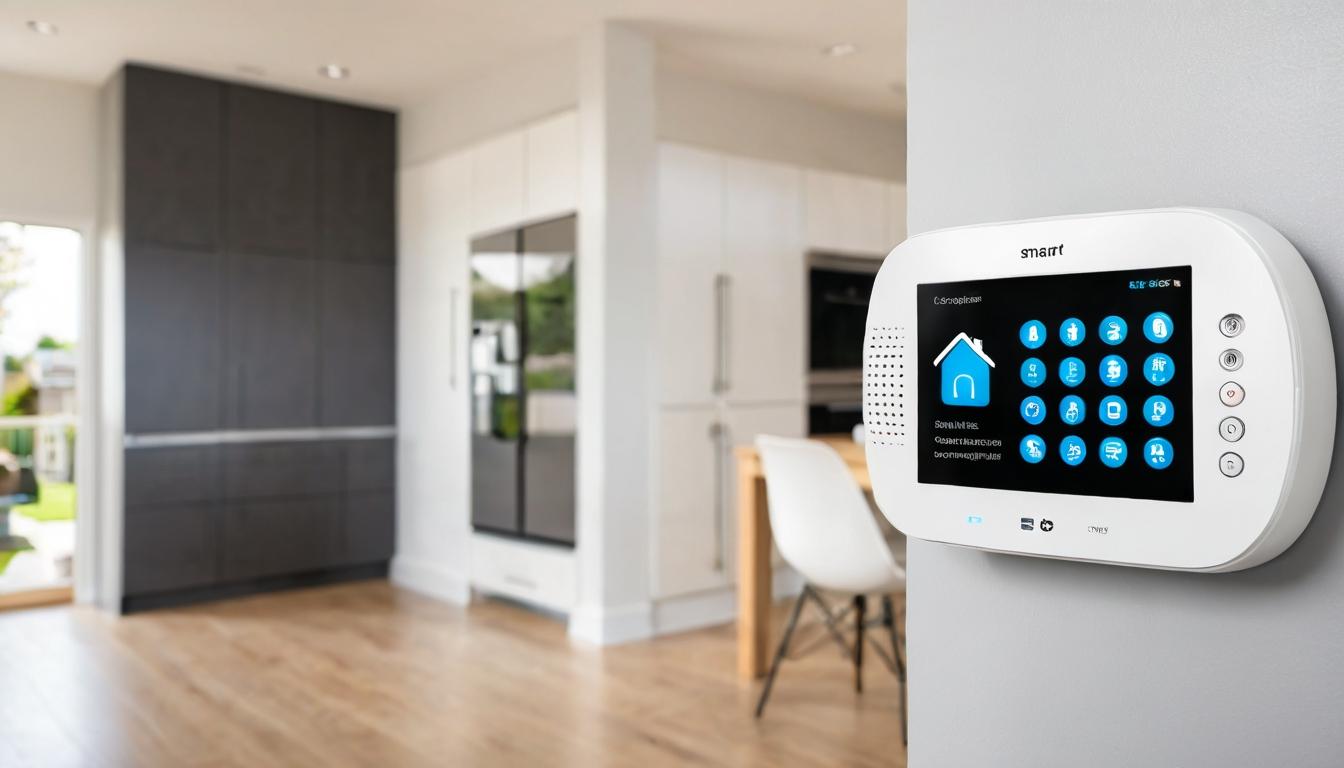The smart home revolution promised convenience at our fingertips, but behind the sleek interfaces and voice commands lies a landscape of vulnerabilities most homeowners never consider. As our homes become increasingly connected—from smart locks and security cameras to voice assistants and smart thermostats—we're trading physical security for digital exposure. The very devices designed to protect us can become entry points for those who mean us harm.
Consider the smart lock, marketed as the ultimate in convenience and security. No more fumbling for keys in the dark, no more hiding spares under doormats. But security researchers have repeatedly demonstrated how many popular smart locks can be hacked through Bluetooth vulnerabilities, weak encryption, or even simple manipulation of the digital components. One researcher showed how a $200 device could intercept the signal between a smart lock and its accompanying app, allowing unauthorized access without leaving a trace.
The problem extends beyond individual devices to the entire ecosystem. Many smart home systems operate on home networks with minimal security protocols. Default passwords left unchanged, unsecured Wi-Fi networks, and outdated firmware create a perfect storm for digital intruders. I spoke with cybersecurity expert Dr. Marcus Chen, who explained that most homeowners treat their smart devices like appliances rather than computers. "They set them up once and forget about them," Chen told me. "But these are essentially small computers connected to your most private spaces, and they require the same security diligence as your laptop or phone."
Security cameras, intended to provide peace of mind, present their own unique risks. Stories abound of hacked baby monitors and security feeds being accessed by strangers. The issue often lies not in the cameras themselves but in the cloud services that store their footage. Weak authentication methods, unencrypted data transmission, and security flaws in companion apps create backdoors that sophisticated hackers can exploit. One family discovered their security system had been compromised when they noticed cameras moving on their own and receiving strange notifications from their security app.
The voice assistant in your living room represents another vulnerability vector. These devices are always listening, waiting for their wake words, and they collect staggering amounts of data about household routines, conversations, and behaviors. While companies claim this data is secure, multiple incidents have revealed how recordings can be accessed by employees or compromised through security breaches. The convenience of asking Alexa about the weather comes with the risk of creating an audio surveillance system within your home.
Even seemingly innocuous devices like smart thermostats and lighting systems can provide information about household patterns. When you're home, when you're away, your daily routines—all this data creates a digital footprint that could be valuable to burglars or other malicious actors. Security researcher Alicia Torres demonstrated how analyzing smart device usage patterns could accurately predict when homes would be empty for extended periods.
The solution isn't to abandon smart home technology but to approach it with eyes wide open. Start with your network—ensure your Wi-Fi is secured with WPA3 encryption, change default passwords immediately, and consider creating a separate network specifically for IoT devices. Regular firmware updates are crucial, as manufacturers often release patches for newly discovered vulnerabilities. Two-factor authentication should be enabled wherever possible, adding an extra layer of security beyond simple passwords.
When selecting smart home devices, research security features as thoroughly as you would convenience features. Look for devices with regular security updates, strong encryption standards, and transparent privacy policies. Avoid devices from manufacturers with poor security track records or those that collect excessive amounts of data. Sometimes the most secure option is the one that collects the least information about you.
Physical security measures still matter too. Smart devices should complement traditional security practices, not replace them. Strong deadbolts, well-lit exteriors, and good relationships with neighbors remain valuable layers of protection. The most secure homes blend the best of modern technology with time-tested security principles.
As we move deeper into the era of connected homes, consumers need to become more sophisticated about digital security. The convenience of controlling your home with a smartphone comes with responsibility. We must demand better security standards from manufacturers while taking proactive steps to protect our digital domains. The smart home of the future should be both convenient and secure—not one at the expense of the other.
The hidden security risks in your smart home and how to protect against them

